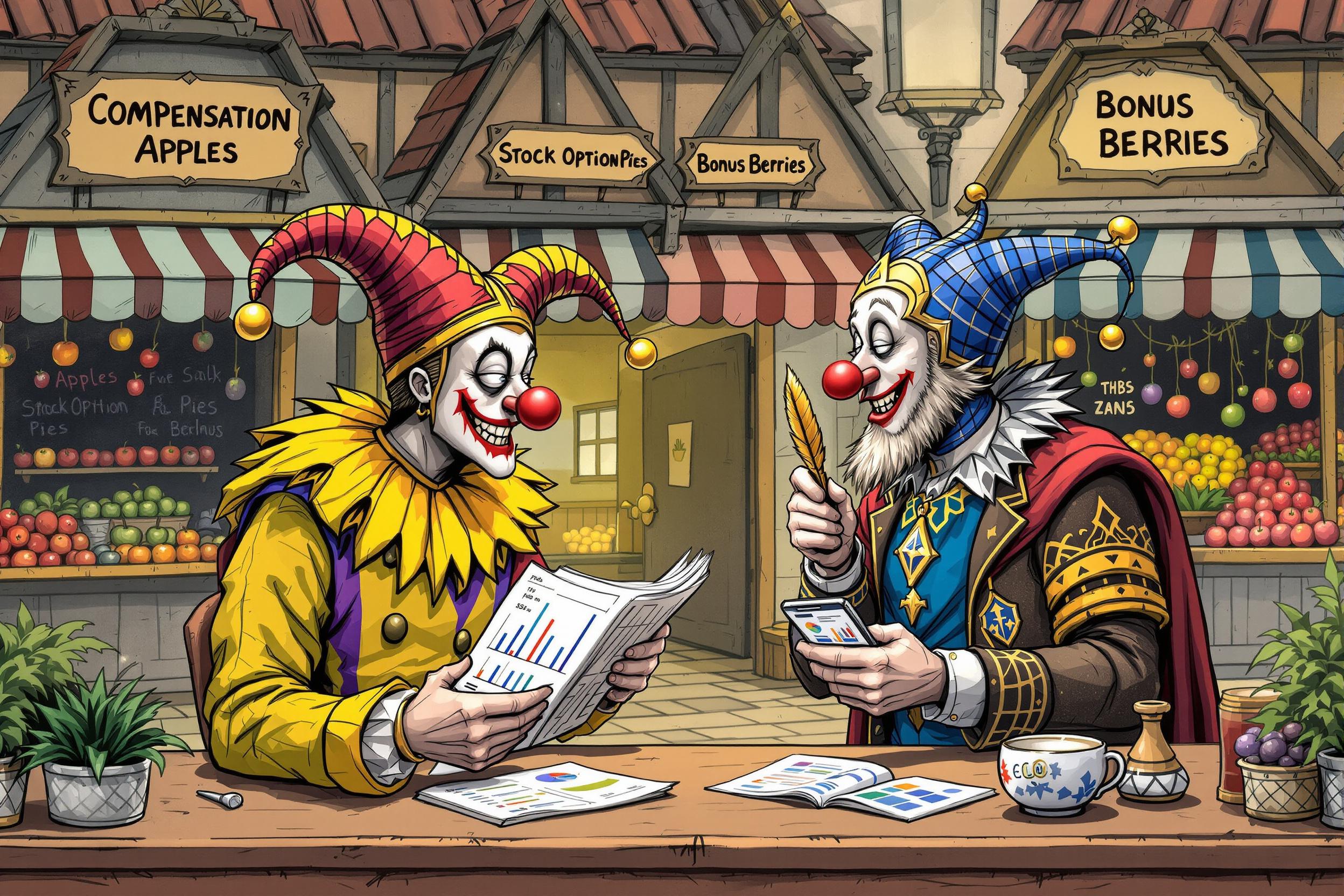
Numismatic Value
Numismatic Value refers to the value of coins or precious metal items beyond their basic metal content worth. It's like the difference between an old silver dollar being worth more than just its silver content because it's rare or historically significant. When someone mentions this in their resume, they understand how to assess items not just for their metal content, but also for their collectible, historical, or rarity value. This knowledge is particularly important in precious metal trading, coin dealing, and auction houses. Similar terms include "collector's value," "heritage value," or "premium over spot."
Examples in Resumes
Evaluated over 1000 rare coins for their Numismatic Value and market potential
Developed pricing strategies based on Numismatic Value assessments for auction catalogs
Trained junior staff in determining Numismatic Values and Collectible Premium of rare coins
Typical job title: "Numismatic Specialists"
Also try searching for:
Where to Find Numismatic Specialists
Professional Organizations
Online Communities
Job Resources
Example Interview Questions
Senior Level Questions
Q: How do you determine the numismatic value of a rare coin series?
Expected Answer: Should explain factors like historical significance, rarity, condition, market demand, and authentication process. Should mention using price guides, auction results, and market trends.
Q: How would you build a department's numismatic evaluation strategy?
Expected Answer: Should discuss training programs, authentication tools, market research methods, pricing databases, and building relationships with expert networks and auction houses.
Mid Level Questions
Q: What factors affect a coin's numismatic value versus its metal content value?
Expected Answer: Should discuss mintage numbers, historical significance, condition grades, certification, and market demand. Should demonstrate understanding of premium over spot price.
Q: How do you stay current with numismatic market trends?
Expected Answer: Should mention price guides, auction results, trade publications, professional organizations, and networking with other dealers.
Junior Level Questions
Q: What is the difference between face value, metal value, and numismatic value?
Expected Answer: Should explain that face value is the printed denomination, metal value is the worth of the precious metal content, and numismatic value includes collectible premium based on rarity and condition.
Q: What basic tools are used to evaluate coins?
Expected Answer: Should mention magnifying glasses, grading guides, pricing catalogs, and basic authentication tools. Should understand the importance of proper handling techniques.
Experience Level Indicators
Junior (0-2 years)
- Basic coin grading
- Understanding of metal content value
- Use of price guides
- Basic authentication methods
Mid (2-5 years)
- Advanced coin grading
- Market trend analysis
- Customer relationship management
- Collection evaluation
Senior (5+ years)
- Expert authentication
- Advanced market analysis
- Team leadership
- Collection strategy development
Red Flags to Watch For
- No knowledge of basic grading systems
- Unfamiliarity with major price guides and references
- Lack of hands-on experience with coin evaluation
- No understanding of market factors affecting value
Related Terms
Need more hiring wisdom? Check these out...

The Hidden Art of Salary Negotiation: How to Win Hearts Without Going Broke

When Hiring from Competitors: Goldmine or Landmine?

The Cryptic Secrets of Data-Driven HR: Metrics that Actually Matter (and Some That Might Make You Laugh)

